Martin Frobisher, Arctic explorer leaves on his 3rd voyage June 3, 1578
The old British 19th century folk tale involving the fictional Dick Whittington and his cat, who left poverty behind in the country heading to London, a city of great opportunity and fortune, so much so that the streets were paved with gold.
Although loosely based on the story of the Lord Mayor of London, Richard Whittington of the 14th century, there is a grain of truth to the idea of golden streets in London..sort of.
About twenty years before the tale of Dick Whittington, a former privateer (licenced pirate) turned Arctic explorer named Martin Frobisher returned from his third venture to Canada with ships loaded with over 1300 tons of ore.
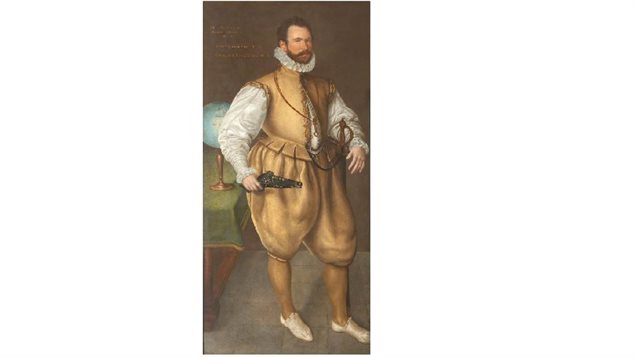
He had first sailed in the late spring of 1576 to find a northern route to China, but arriving in the “new world” encountered storms and ice and sailed around looking for a place to land. Eventually his group encountered Inuit, but for some reason a shore party of five disappeared. He later captured an Inuit, hoping to exchange him for this crew, but never found the original Inuit group again and sailed back to England with his captive, arriving on the 9th of October The man, a huge curiousity in England, died soon after.
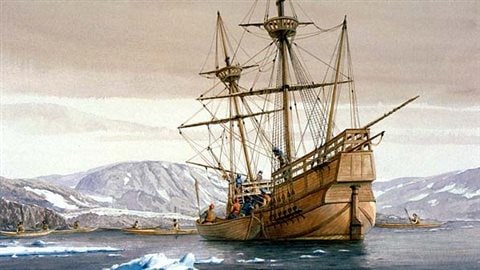
Frobisher also brought back some unusual black rocks to a financial backer Michael Lok. Two assayers said it was worthless, but a third claimed there was substantial gold to be had. When asked how he had found gold in the rock where others hadn’t, he replied that sometimes “nature has to be coaxed”.
In any case, a second trip was planned, this time not to look for China, but for gold. Frobisher returned from the Canadian north this time with about 200 tons of ore.
He and his backers (which included Queen Elizabeth 1), who were hoping for riches, then mounted a veritable armada for a third trip which left before the second batch of rocks could be properly examined, which was taking a suspiciously long time.
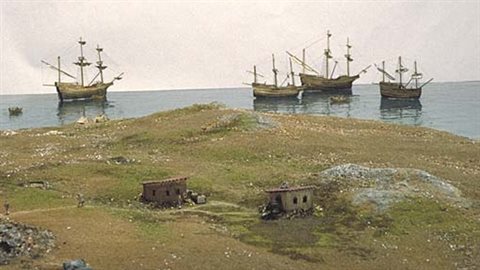
Spies and intrigue
Relations between England and Spain at the time were chilly and scholars have only recently discovered that a Spanish spy was on board the second voyage. In a secret letter sent from the Spanish ambassador in London to the Spanish King, and which was only decoded in recent years, the spy reported that the ore had been “salted” (gold added) on the way back.This raised some initial suspicion about British motives, although it should be said that salting and other fraud of this nature was not uncommon at the time.
So it was that on June 3, 1578, Frobisher sailed from London on his third trip, this time with 15 ships and 400 men, including sailors, tradesmen and miners and plenty of supplies to last almost two years.
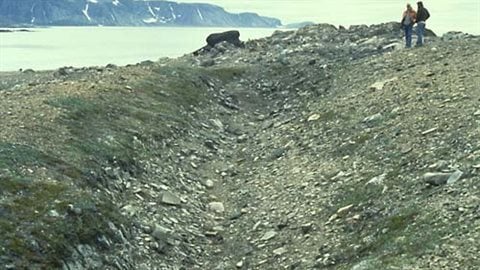
They were intending to build housing to leave 100 men to overwinter in the new land while they mined the ore. The loss of a supply ship prevented this however.
London streets paved with gold (from Canada)
After a summer of digging ore, the ships encountered a storm on the return and many of the smaller ships were lost. Frobisher and the big ships made it back in October with over a thousand tons of rocks.

However, another storm brewed as the the second shipment had finally proven to be worthless and all the rocks contained merely shiny flecks of iron pyrite.
Frobisher and his main backer were ruined and tossed in jail. Frobisher later was freed to fight the Spanish, but his main backer Michael Lok was a ruined man.
Both the ore from the second and third voyages was ground up and used to pave the streets of London in a term known as “metalling” (scroll to “gravel surface”).
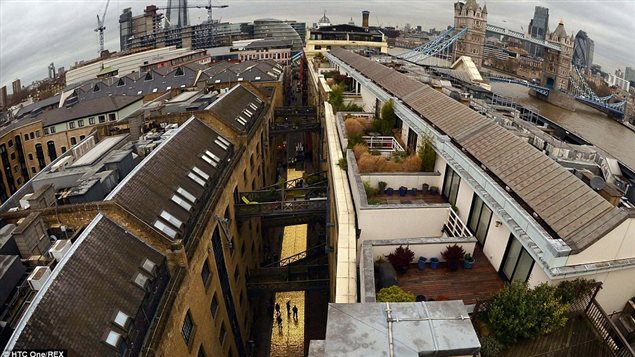
….and more intrigue
It is interesting to question why the Queen of England would help finance the these voyages when there was still no certainty of gold.
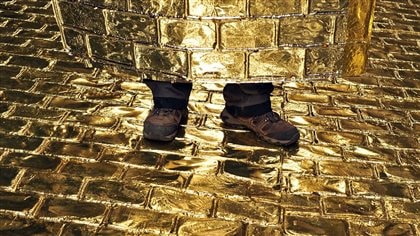
The answer probably lies in English efforts to counter Spanish influence in the New World, without trying to create a direct challenge and possible war. Thus the voyages may well have been to mask attempts to create an English colony anda foothold in the New World through the guise of a mining expedition in order to eventually challenge the then much stronger Spain in its claim to own and control all the New World.
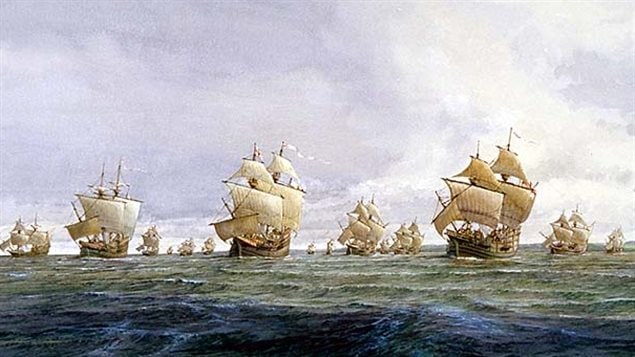



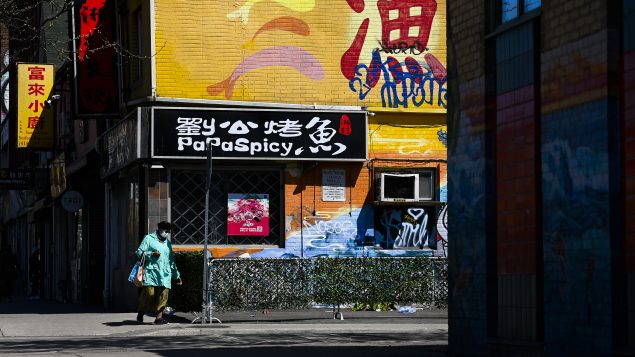


For reasons beyond our control, and for an undetermined period of time, our comment section is now closed. However, our social networks remain open to your contributions.